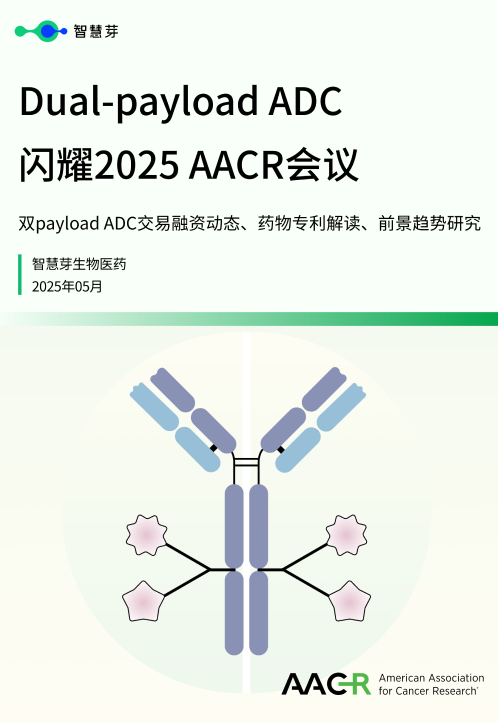预约演示
New way to force pathogenic proteins into degradation
2023-12-11
蛋白降解靶向嵌合体
A number of diseases are caused by proteins that have spun out of control. Unfortunately, so far, conventional drugs have been able to stop only a fraction of these troublemakers. A new class of drugs known as PROTACs holds great promise in pharmaceutical research. They mark proteins for targeted degradation by the cell's own protein disposal system.
Many diseases are caused by proteins that have spun out of control. Unfortunately, so far, conventional drugs have been able to stop only a fraction of these troublemakers. A new class of drugs known as PROTACs holds great promise in pharmaceutical research. They mark proteins for targeted degradation by the cell's own protein disposal system.
Many of today's drugs are small, simple molecules. They usually work by regulating the activity of proteins involved in pathologically derailed processes—which is precisely what makes their development extremely complicated. Consequently, a highly adapted molecule has to be developed for each protein, to fit into the corresponding lock—the active center of the protein—like a high-security key. However, proteins actively involved in pathologically derailed processes make up only a fraction of the disease-related proteins. As a result, many proteins are still considered therapeutically “undruggable.”
Cancer protein Ras—not undruggable after all?
A majority of the undruggable proteins are compelling targets in cancer research. Perhaps the most prominent among them is the small Ras protein. A single small change in Ras is enough to irreversibly flip the switch for cell growth to “on”—with serious consequences: The cells proliferate rapidly and uncontrollably. Ras mutations occur in nearly a quarter of all tumors. In a groundbreaking study in 2013, a team of researchers led by Herbert Waldmann at MPI in Dortmund developed a new strategy to make Ras, which was previously considered undruggable, druggable: Instead of targeting Ras directly, the researchers used a specially developed molecule to thwart the auxiliary protein PDEd, manipulating the transport and thus the activity of Ras in the cell. However, the researchers did not manage to completely stop the cancer-driving activity of Ras.
Two-armed molecule marks cancer protein for degradation
Only two years after Waldmann's work, American researchers developed a promising new class of drugs to eliminate pathological proteins: they are known as PROTACs (proteolysis-targeting chimeras). These compounds effectively hijack the body's own protein waste removal system. The large molecule composed of two arms grabs the target protein on one side and the E3 ligase of the protein waste system on the other, which prompts the waste system to dispose of the pathological protein. “That’s an ingenious, truly outstanding scientific achievement,” says Waldmann. “Instead of inhibiting the target protein’s enzymatic activity in a complex process, PROTACs only need to bind to their target with high selectivity. Theoretically speaking, this principle is universally applicable to all proteins, including our Ras transporter PDEd, as we have successfully demonstrated in our current work,” he concludes.
Serendipitous discovery opens up new possibilities
The chemists Waldmann and Winter, along with their teams, created a new PROTAC consisting of the PDEd inhibitor they had developed. They linked the inhibitor to a well-studied molecule that is known to alert another degradation system which can also process larger cell components. “However, our screens have revealed that instead of activating what we call macroautophagy, our PROTAC activates the protein degradation system,” says Georg Winter. He goes on to explain: “What is particularly interesting is that our PROTAC binds a new ligase that was not accessible to the PROTAC strategy so far.”
Currently, there are practically only two E3 ligases that can be used as binding sites for PROTACs. However, there are more than 600 E3 ligases in our bodies. And some of them are only present in very specific tissues. “Tissue-specific ligases could be used to specifically control the site of drug activity,” says Waldmann, looking to the future. “Our rather fortuitous discovery allows for further biological and medicinal-chemical investigation into the ligases we have found. This could help expand the range of pharmaceutically usable PROTACs and, one day, enable the targeted degradation of proteins in specific tissues,” he concludes.
更多内容,请访问原始网站
文中所述内容并不反映新药情报库及其所属公司任何意见及观点,如有版权侵扰或错误之处,请及时联系我们,我们会在24小时内配合处理。
机构
-适应症
Eureka LS:
全新生物医药AI Agent 覆盖科研全链路,让突破性发现快人一步
立即开始免费试用!
智慧芽新药情报库是智慧芽专为生命科学人士构建的基于AI的创新药情报平台,助您全方位提升您的研发与决策效率。
立即开始数据试用!
智慧芽新药库数据也通过智慧芽数据服务平台,以API或者数据包形式对外开放,助您更加充分利用智慧芽新药情报信息。


